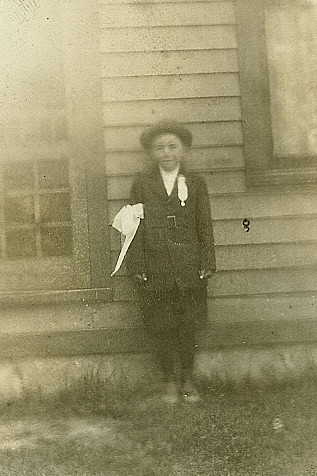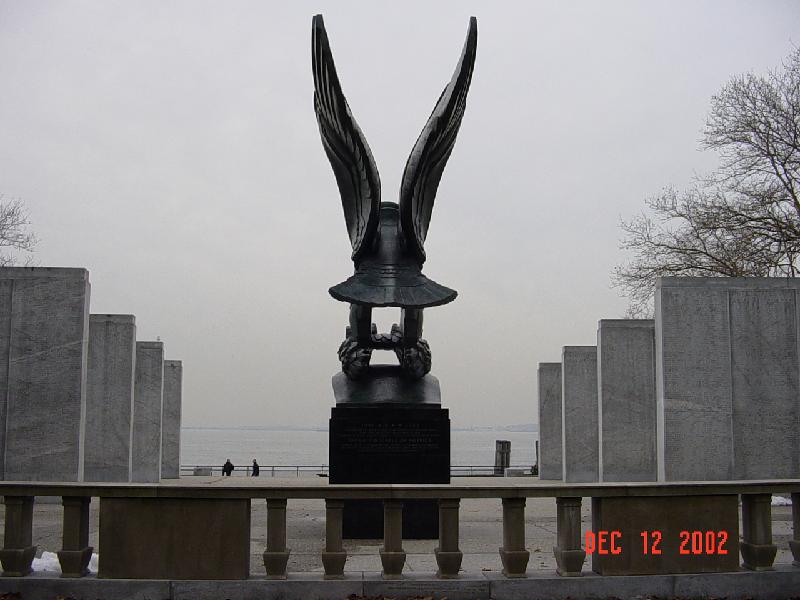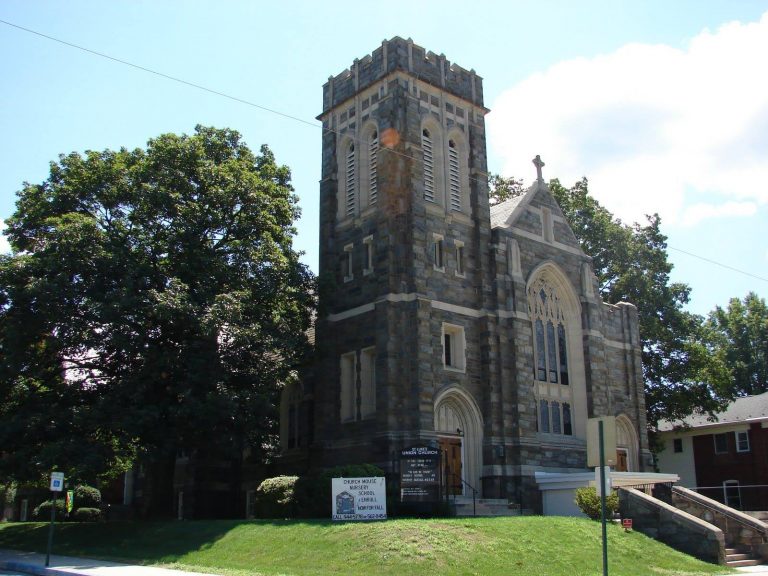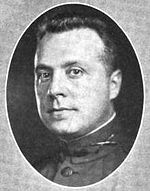
When Donald Marwood Dornan was born on October 5, 1912, in Amherstburg, Ontario, Canada, his father, Edward, was 24 and his mother, Mable Theoret, was 20. Edward had worked on the Panama Canal as a rock barge drill runner 1914-1917; then worked for 25 years on the Detroit Street Railways. In 1905, Edward worked on dredging the Detroit River between Stony Island and Boblo Island, a treacherous shallows at that time known as Lime Kiln Crossing.
Amherstburg was a favorite stop for many families (including the Brusseau family on the Atkinson maternal side) as it was a port to Boblo Island Amusement Park. Amherstburg was incorporated as a town in 1878. The town is named after Jeffery Amherst, 1st Baron Amherst, commander of the British forces and first British Governor General of the Province of Quebec (1760). It is also the location of where Eliza from Uncle Tom’s Cabin found shelter after crossing the ice on the Detroit River.
In Amherstburg, Don had 4 sisters and a brother, Jack. Two sisters, Bille and Catherine died very young while Don outlived his older sisters Murial and Dorothy. In 1928, the family had moved to 9075 Crane Ave on Detroit’s East side near Van Dyke and I-94. As a 16 year old, Don was working as a carpenter in Detroit. His daughter, Patricia, was born in Detroit on 1931 while Don married her mother, Alice Bentley, in 1932 when Alice came of age. Alice and Don met in Detroit; the Bentley’s lived 2 miles from the Dornan family. Don and Alice were married in Amherstburg where Don was working as a Dairyman. Alice and Don would have 2 more children, Donna (1933) and Wayne (1935), but ended their relationship before Don’s enlistment in the Canadian Army at the start of WWII, 1939.
Name: D M Dornan
Rank: Sgt.
Army Number: A21907
Regiment: E.S.R.
Don was recognized as captured on August 19, 1943 after the raid on Dieppe.The Dieppe Raid of 19 August 1942, known as Operation Jubilee, was among the worst single disasters to befall Allied armies during the World War II. The casualty rate of this attempt to breach Hitler’s Atlantic Wall by temporarily seizing a Channel port, equaled or exceeded those in any First World War battle. A 6,000-strong force of Canadian and British troops lost 4,131 men killed, wounded or captured in just six hours and 106 RAF aircraft were destroyed along with the destroyer HMS Berkeley. The Germans were baffled as to their enemy’s motives.3
New research suggests the real intent of the historic raid on Dieppe in 1942 was to steal a machine that would help crack top-secret German codes. Military historian David O’Keefe spent 15 years searching through the once-classified and ultra-secret war files and says the real purpose behind the Dieppe operation-which cost hundreds of Canadian soldiers their lives – was to capture advanced coding technology from the German headquarters near the French beach.4 According to O’Keefe’s research, British naval officers used Operation Jubilee to target the German-made Enigma code machine, an electro-mechanical piece of equipment that used a series of rotors for the encryption and decryption of secret messages. Several months after the failed operation in Dieppe, the minds at Bletchley Park broke the code of the four-rotor Enigma machine.
As a member of the Essex Scottish regiment, Don Dornan would have been with the Red and White Assault as shown on the Dieppe Conflict map above, of the main beach by two Canadian infantry battalions, the Essex Scottish Regiment and the Royal Hamilton Light Infantry. Of the 5,000 Canadians who landed at Dieppe, 907 were killed, 586 wounded and about 2,000 were taken prisoner.
Don Dornan’s POW data indicated below:
POW Number: 25412
Camp Type: Stalag
Camp Number: 357
Camp Location: Oerbke Nr Fallingbostel, Germany located just to the east of the town of Fallingbostel in Lower Saxony, in north-western Germany.
Section: Canadian Army: Officers and Other Ranks
In September 1944 Stalag 357 was moved from Thorn in Poland to the site of the former Stalag XI-D, with construction being carried out by the Italian POW from XI-B. This new camp was used to house mostly British and Commonwealth POWs. In November 1944 British paratroops captured at the Arnhem arrived at Stalag 357, led by the formidable RSM John C. Lord of 3rd Battalion, Parachute Regiment, they set about raising the standards of the camp. Lord insisted on proper military discipline with regular exercise and parades. At that time 17,000 POW; mostly British/Canadian, but also Russian, Polish, Yugoslav, French, and American prisoners were crammed into the camp causing severe overcrowding. Each hut contained 400 men, though it had bunks for only 150. By February 1945 the POW of XI-B and 357 were suffering from lack of food and medical supplies exacerbated by the influx of several hundred American POW captured in the Battle of the Bulge and Operation Nordwind. These newer arrivals found themselves accommodated in tents. Conditions began to deteriorate with hygiene a major problem as the camps’ village waterworks was overstretched. Conditions were made worse by the removal of mattresses and bed boards as a reprisal for alleged poor treatment of German POW in Egypt by the allies.2
Stalag 357 was a well run camp-although some tension existed between the British army POW and the RAF POW, as to the nature of activities within the camp. The RAF had an escape and intelligence committee that helped POW attempt to escape. It also supplied information to the allies on certain German activities. The army however was much more concerned with causing as little trouble as possible so arguments did ensue. Eventually a vote was held to decide on an overall policy and an overall head of operations, spokesman. The vote was carried overwhelmingly in favour of a RAF Pilot James “Dixie” Deans, who was to become 357s answer to RSM Lord, who led the Canadian & British camp from 1943-1944.
In early April 1945, Sergeant Pilot James ‘Dixie’ Deans RAF, the camp leader of Stalag 357, was informed by the German Commandant Oberst Hermann Ostmann that 12,000 British POW were being evacuated from the camp in the face of the Allied advance. RSM Lord had also been selected to leave, but hid under the floor of a hut for five days in order to avoid it. The men marched from the camp in columns of 2,000. After 10 days they arrived at Gresse, east of the Elbe. There they were issued with Red Cross parcels, but were then unfortunately strafed by British Typhoon fighter-bombers, mistaking them for German troops. Sixty POW were killed and many wounded.
Deans confronted Oberst Ostmann and bluntly gave him a choice, to be captured by the Russians or the British. Ostman provided Deans with a pass and a German guard, and Deans headed west to contact the advancing British troops. On 1 May Deans and his German guard were sheltering in a house east of Lauenberg when they heard over the radio the news of the death of Adolf Hitler. The next morning the house was overrun by troops of the British 6th Airborne. Deans was taken to the commander of VIII Corps and explained the situation. He was given a captured Mercedes car and drove back to Gresse. Two days later, May 4, 1945, the POW column marched back across the British lines. In total around 30,000 Soviet POWs died in Stalag XI-B and XI-D. Another 734 POW from the United States, Belgium, Britain, France, Italy, Yugoslavia, South Africa, Canada, Holland, Poland and Slovakia died in XI-B and 357. The Soviet POW and the remains of 273 others are buried at the “Cemetery of the Nameless” in Oerbke. By the war’s end, the Essex Scottish Regiment had suffered over 550 war dead; its 2,500 casualties were the most of any unit in the Canadian army during the Second World War. 5
Don returned to Amhertsburg a hero. He then married Greta May Gibb and they had five children together, Murray, Judith, Lynn and Margo. He died on August 18, 1996, in St Clair Shores, Michigan, at the age of 83.
- https://en.wikipedia.org/wiki/Stalag_XI-B
- https://fallingbostelmilitarymuseum.jimdo.com/stalag-xib-357/
- https://www.telegraph.co.uk/history/9483651/The-Dieppe-Raid-the-forgotton-D-Day.html
- https://globalnews.ca/news/274605/breaking-german-codes-real-reason-for-1942-dieppe-raid-historian/
- https://en.wikipedia.org/wiki/The_Essex_Scottish_Regiment































































